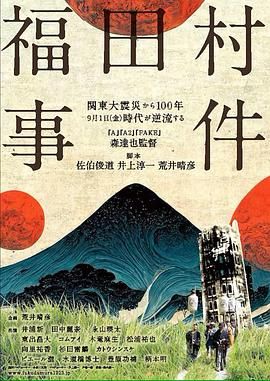电影
更多连续剧
更多- 07/12 葬我以夏
- 07/12 童宝五行开挂,假千金退退退
- 07/12 侯门嫡女黑化手册
- 07/12 明珠重光
- 07/12 全府偷听心声我被追着宠
- 07/12 他超会宠
- 07/12 她在太岁头上动土我才是总裁夫人
- 07/12 少年帝君驾到
综艺
更多- 07/12 野性生灵
- 07/11 24_25赛季欧冠联赛阶段第4轮:费耶诺德vs萨尔茨堡红牛
- 07/11 24_25赛季欧冠联赛阶段第4轮:斯图加特vs亚特兰大
- 07/11 24_25赛季欧冠联赛阶段第4轮:顿涅茨克矿工VS年轻人
- 07/11 24_25赛季欧冠联赛阶段第4轮:拜仁慕尼黑VS本菲卡
- 07/11 24_25赛季欧冠联赛阶段第4轮:国际米兰VS阿森纳
- 07/11 24-25赛季欧冠联赛阶段第4轮:布鲁日VS阿斯顿维拉
- 07/11 24_25赛季欧冠联赛阶段第4轮:贝尔格莱德红星VS巴萨













